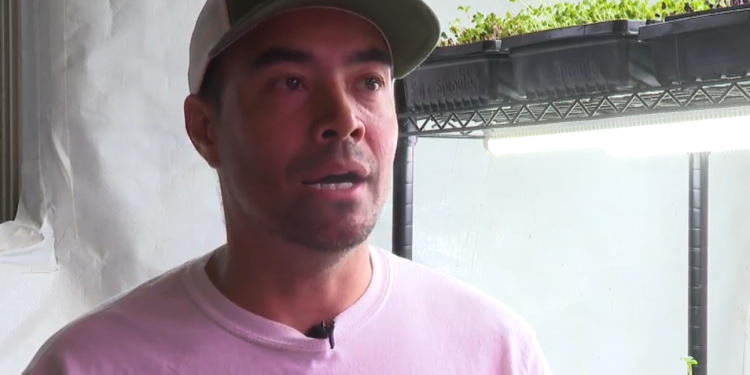#verticalfarming #sustainableagriculture #localfoodproduction #innovationinfarming #foodsecurity #climate-controlledfacilities #agriculturalexpansion #Peterboroughregion #farmingchallenges #carbonfootprint #futureofagriculture #agriculturalsustainability #verticalfarmingbenefits #localresilience
Exploring the Potential and Challenges of Vertical Farming in the Peterborough Region
In the heart of Peterborough, a new vision of farming is taking root – quite literally. Vertical farming, a cutting-edge agricultural practice, holds the promise of revolutionizing the way we grow crops. Instead of sprawling fields, crops are cultivated in vertical rows within climate-controlled facilities, defying the limitations of traditional soil and sunshine. This innovation has captured the attention of local producers, scientists, and even European agricultural players, all eyeing the Peterborough region for its potential expansion. But while the prospect is exciting, experts warn that challenges must be addressed to fully embrace this transformative approach.
A Paradigm Shift in Agriculture
According to the Peterborough and Kawarthas Economic Development, the region is witnessing a surge of interest from vertical farming companies looking to establish a presence. European producers are particularly drawn to the area, seeing it as an opportunity to contribute to the local agricultural scene. Rhonda Keenan, the President and CEO of the organization, believes that the social impact of producing more food locally is invaluable. This interest aligns with the sustainability goals of reducing the carbon footprint of farming and increasing food variety.
One such local pioneer is Matt Anderson, the owner of Chemong City Greens in Peterborough. For nearly two years, he has been growing and selling microgreens from his basement vertical farm. Anderson highlights a crucial advantage of vertical farming: localized production that eliminates the need for extensive shipping and reduces supply chain vulnerabilities. However, he emphasizes the need for greater education about vertical farming to dispel the perception that it’s merely a passing trend. This sentiment is echoed by experts who acknowledge that vertical farming, while a powerful addition to traditional agriculture, cannot replace it entirely.
Growth Potential and Sustainability
Thomas Graham, an associate professor at the University of Guelph’s School of Environmental Studies, envisions significant growth potential for vertical farming. As societies strive to achieve self-sufficiency and reduce dependence on global food sources, investments in innovative farming techniques become essential. Graham stresses that nurturing the vertical farming industry is critical for meeting these demands. He believes that vertical farming could play a pivotal role in not only enhancing local food production but also in minimizing the carbon footprint associated with traditional farming.
Challenges and Roadblocks
While the enthusiasm for vertical farming is palpable, challenges persist. The chief hurdle in the path of establishing large-scale vertical farms in Peterborough is the availability of suitable land. Keenan laments the lack of vacant manufacturing spaces and shares that potential companies interested in vertical farming would need to build their own facilities. Despite this, the goal remains clear – to have a thriving vertical farm operating within the region in the coming years.
Conclusion: Cultivating a Greener Tomorrow
The concept of vertical farming represents a significant leap towards sustainable agriculture in the Peterborough region. As interest from local producers and international players grows, so does the potential for reshaping the landscape of food production. While challenges like land availability and education persist, the promise of increased food security, reduced carbon footprint, and enhanced local resilience remains strong. By nurturing the vertical farming industry and fostering collaboration between stakeholders, Peterborough has a unique opportunity to cultivate a greener and more self-sufficient tomorrow.












